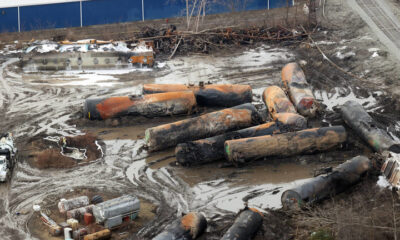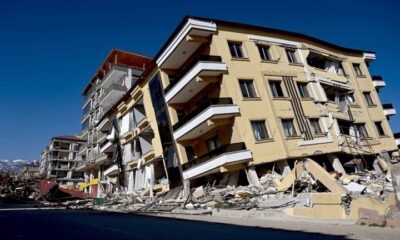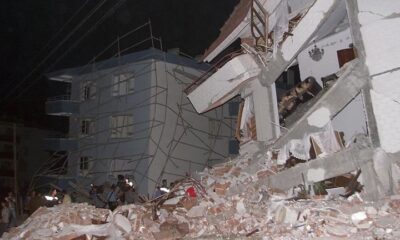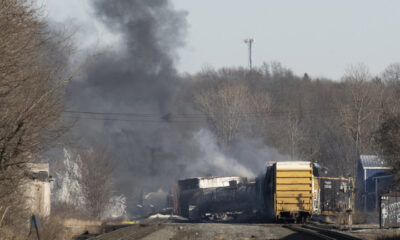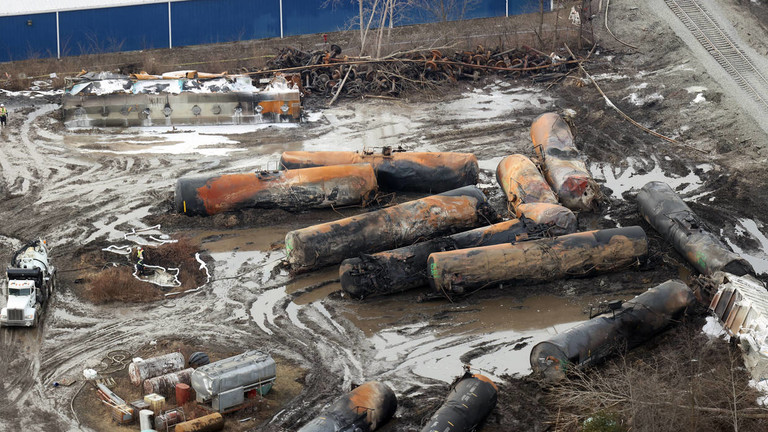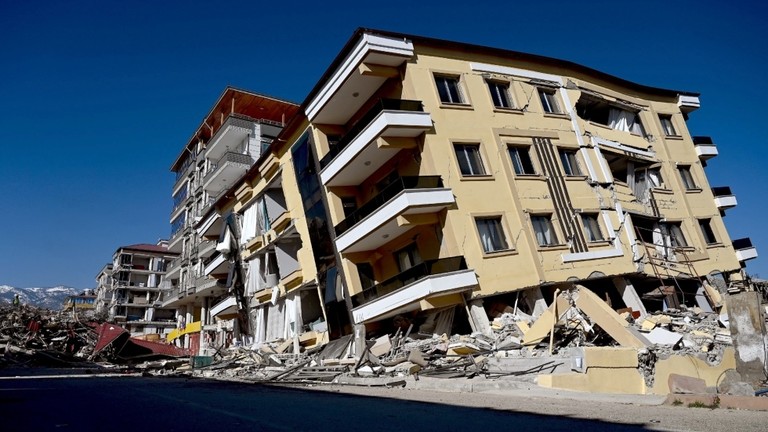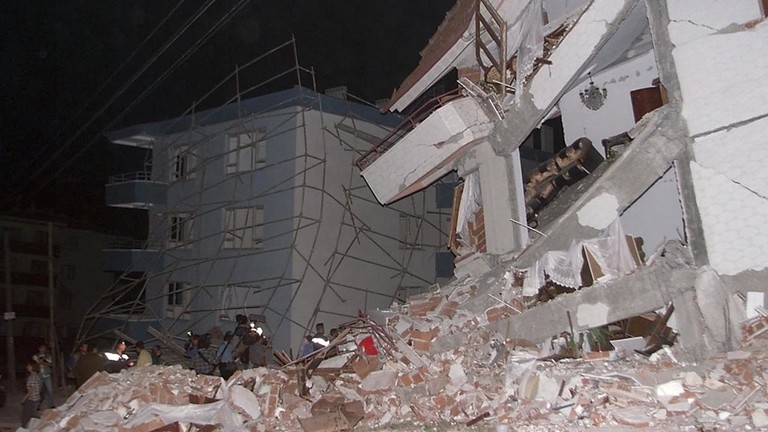A new and more infectious strain of the Covid-19 coronavirus has spread to more countries around the globe. But what’s different about this new pathogen? And should people be prepping for a total apocalypse yet?
Ireland confirmed the presence of a new and highly infectious coronavirus strain on Friday, while authorities in Lebanon and Japan also recorded the first cases attributed to this variant. In continental Europe, Germany and Denmark confirmed the presence of the strain earlier this week, joining the Netherlands and Italy.
Little is yet known about the new strain – which bears the catchy name ‘SARS-CoV-2 VOC 202012/01.’ But while it certainly poses a problem, it does not appear as apocalyptic as some media have been presenting it.
Where did it come from?
The new strain is believed to have originated in the UK, and was first detected there in September. It spread rapidly, and testing data from UK laboratories show that in certain areas, it now accounts for more than two thirds of all cases of Covid-19.
The rapid spread of the new strain prompted British Prime Minister Boris Johnson to reimpose harsh restrictions on large swathes of the country, effectively cancelling Christmas for millions of Londoners and others in the southeast. More than 50 countries have banned travel to and from the UK, but with virologists predicting an upsurge of discoveries in new countries in the coming days, the EU has called on its members to lift their restrictions on UK travel.
What’s new about it?
The main factor setting the new strain apart from its predecessor is its infectiousness. Although pinning down exactly how much more transmissible is difficult, PM Johnson has repeatedly claimed the strain is 70 percent more infectious than the existing strain, apparently quoting physicians from Imperial College London and the government’s own New and Emerging Respiratory Virus Threats Advisory Group (NERVTAG).
With the government floating such ominous figures, the media went into overdrive. The Sun described the new strain as a “nightmare before Christmas,” while Metro called it “Mutant Covid.” Even the more restrained Financial Times said that scientists are “alarmed” at the spread of the “Covid mutant.”
However, the evidence for increased transmissibility is still scant, and some dissenting doctors reckon there’s no proof of the new strain spreading faster at all. “We have not seen any evidence to back that claim up,” Professor of microbiology Hugh Pennington told the Scottish Sun this week. Others, including German virologist Christian Drosten, have said there is still not enough data to conclude whether the new strain is indeed more transmissible.

Top German virologist casts doubt on fears of new ‘highly contagious’ UK Covid-19 strain
Some specific claims about the new strain have also emerged, for instance that it transmits easier between children. Professor Neil Ferguson of NERVTAG made this claim earlier this week, but added that “more research would need to be done on the matter before any conclusions should be drawn.”
What threat does it pose?
On the surface, the idea of a mutated virus may spark alarm. However, the coronavirus variant prevalent before this new strain was itself a mutation of the original pathogen that emerged in Wuhan, China, a year ago. Upon reaching Europe in February the virus mutated into a strain known as ‘D614G,’ which then became the dominant strain worldwide. Another strain, A222V, broke out in Spain shortly afterwards and now accounts for up to seven percent of samples in Europe.
When ‘D614G’ emerged, scientists warned that it could be nine times as contagious as the Wuhan strain. Thankfully, this warning has never been proven to be the case.
All viruses mutate, usually becoming milder as they do. World Health Organization emergencies chief Mike Ryan told a virtual briefing this week that such mutations are “a normal part of virus evolution.”

There are thousands of Covid strains, so this new scare is NOT a big deal, but politicians just love their new authoritarianism
At present there is no evidence that the new variant is any more deadly than the existing one. The UK, for example, reported just over 39,000 new cases of Covid-19 on Thursday, more than five times as many as on the worst day of the first wave in April. However, 574 deaths were recorded, around half as many as on several days in April.
Will vaccines protect against it?
At the moment, the consensus says yes. However, if the virus continues to mutate, there is a danger that it will learn how to evade the three vaccines currently available in the west. The influenza virus mutates so regularly that new flu vaccines are released every year to counter the virus’ latest adaptations.
So far, the coronavirus has not mutated rapidly enough to cause concerns about vaccine efficacy. Drugmakers Pfizer and Moderna are currently testing their vaccines against the new strain, while German firm BioNTech, which developed a vaccine along with Pfizer, said this week that a new formula could be whipped up in six weeks if necessary.
However, the virus could theoretically continue to mutate and stay one step ahead of vaccine developers. “This virus is potentially on a pathway for vaccine escape, it has taken the first couple of steps towards that,” Cambridge University professor Ravi Gupta told the BBC. “If we let it add more mutations, then you start worrying.”

Good news for vaccines? Covid-19 immunity lasts for at least eight months, Australian researchers say
Even with the threat of further mutations, though, scientists in the UK are trialling an experimental cocktail of antibodies that they say could stop anyone exposed to the coronavirus from going on to develop Covid-19. Developed by University College London Hospitals and British-Swedish drug firm AstraZeneca, the treatment promises to confer instant immunity on anyone exposed to the pathogen. Vaccines, on the other hand, can take up to a month to confer full immunity.
Think your friends would be interested? Share this story!


 NEWS2 months ago
NEWS2 months ago
 NEWS2 months ago
NEWS2 months ago
 NEWS2 months ago
NEWS2 months ago
 INVESTMENTS2 months ago
INVESTMENTS2 months ago
 FINANCE2 months ago
FINANCE2 months ago
 FINANCE2 months ago
FINANCE2 months ago
 WAR2 months ago
WAR2 months ago





